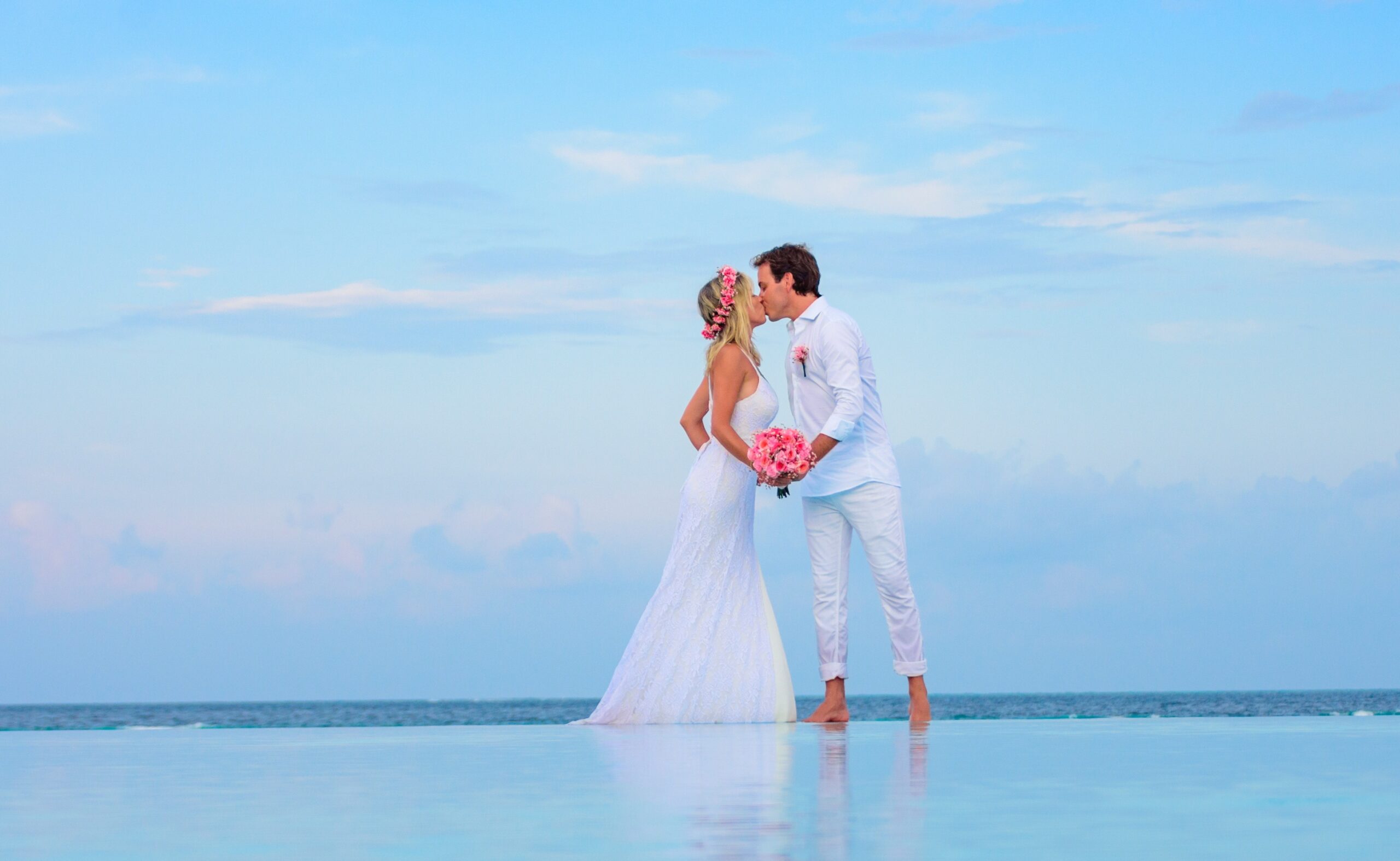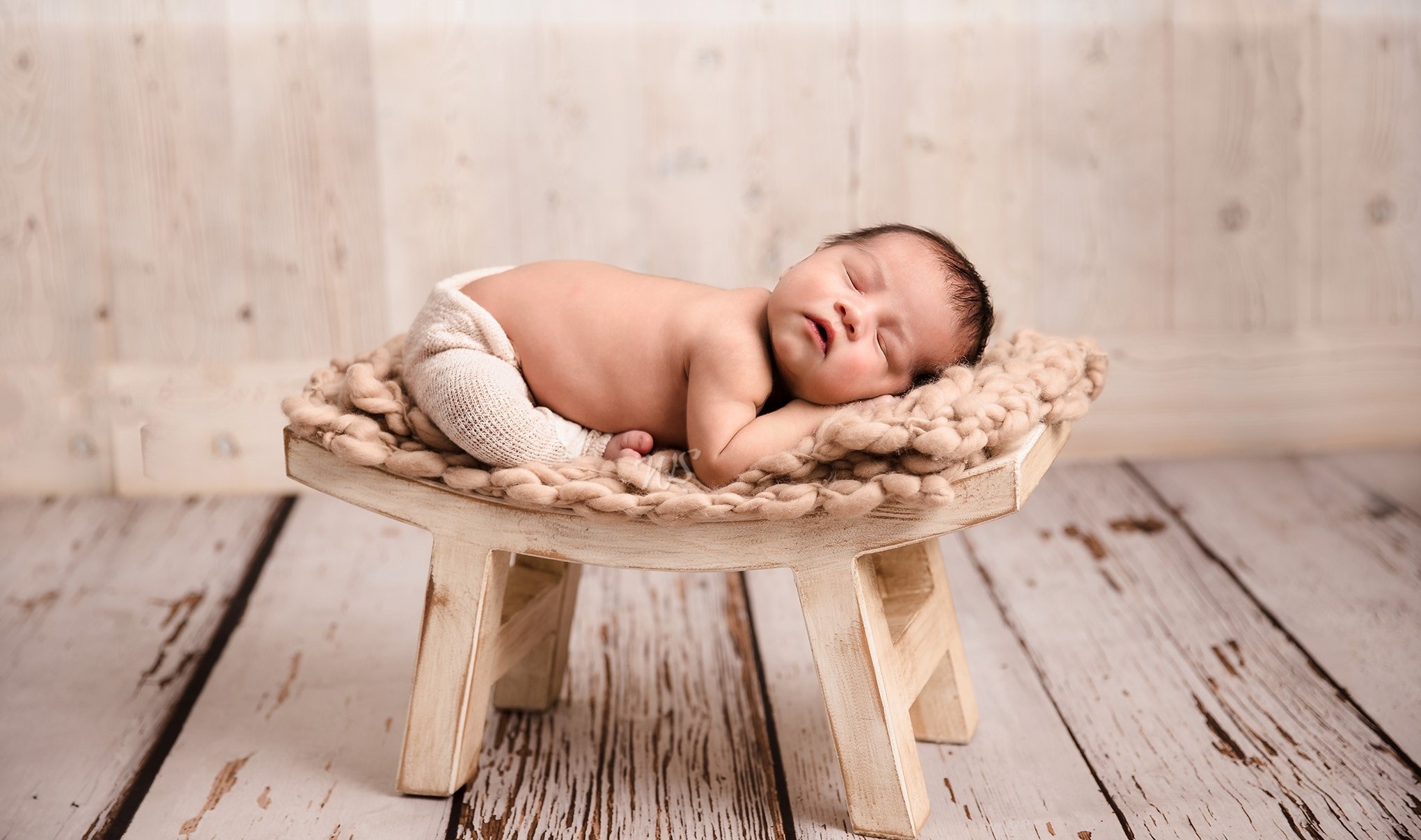Beach engagement photos hold a special place in the realm of romantic memories. The serene backdrop of the ocean, the caress of the salty breeze, and the golden hues of the sand combine to create a truly magical setting for capturing the essence of love. Today, we will explore the art of beach engagement photography, from selecting the perfect location to creating timeless memories reflecting the couple’s unique connection.
Importance of Beach Engagement Photos
Engagement photos are a tangible testament to the love shared between two individuals embarking on a lifelong journey together. They capture the engaged couple’s excitement, joy, and anticipation, freezing those precious moments in time. When set against the beauty of a beach, these photos take on an ethereal quality that adds an extra layer of enchantment.
Selecting the Perfect Beach Location
Regarding beach engagement photos, the location is pivotal in setting the mood and capturing the desired aesthetic. Whether you prefer a secluded cove, a bustling shoreline, or a tropical paradise, the beach offers many options. Consider factors such as accessibility, scenery, and the level of privacy you desire.
Capturing the Essence of Love and Nature
To truly encapsulate the romance and connection between the engaged couple, it’s essential to incorporate poses and gestures that reflect their unique bond. A gentle embrace, a stolen kiss, or a playful twirl in the sand can convey many emotions. Additionally, allowing the beauty of the surroundings to become an integral part of the composition adds depth and poetry to the images.
Romantic Poses and Gestures
Engagement photos on the beach provide ample opportunities for capturing romantic poses and gestures. From holding hands while strolling along the water’s edge to sharing a passionate kiss as the waves crash behind them, these intimate moments can be frozen as a reminder of the love shared between the couple.
Embracing the Beauty of the Surroundings
The beach offers a stunning natural backdrop, and incorporating the surrounding elements can enhance the overall visual appeal of the photos. By positioning the couple against a breathtaking sunset or allowing the waves to kiss their feet, the images become infused with the beauty of nature, making them all the more captivating.
Incorporating Props and Themes
Adding props and themes to beach engagement photos can elevate visual storytelling, infusing them with personal style and creativity. The photos become more unique and reflective of their journey by carefully selecting props that resonate with the couple’s personality and relationship.
Seashells, Flowers, and Sunset Props
Seashells can be arranged in the sand, forming heart shapes or spelling out the couple’s initials, adding a whimsical touch to the photos. Incorporating flowers, such as a bouquet or scattered petals, can infuse color and softness into the composition. Sunset props like sparklers or lanterns can create a dreamy and enchanting atmosphere.
Nautical and Tropical Themes
For couples drawn to a nautical theme, elements such as a sailboat, an anchor, or a net can be incorporated into the photo shoot, bringing a sense of adventure and maritime romance. Alternatively, for a tropical theme, vibrant beach umbrellas, straw hats, or even a hammock can transport the viewers to an island paradise.
Dressing for the Beach
Regarding attire for beach engagement photos, flowing dresses, lightweight fabrics, and beachwear are ideal. The flowing movement of the fabric against the backdrop of the beach creates a sense of ethereal beauty. Soft pastel shades or neutral tones complement the beach’s natural colors, adding a touch of elegance to the images.
Accessorizing with Natural Elements
Accessories can enhance the overall look and feel of the photos. Consider incorporating natural elements like seashell jewelry, floral crowns, or a delicate starfish hairpin. These small details can contribute to the overall aesthetic and harmonize the couple’s attire with the beach environment.
Timing and Lighting Considerations
Timing and lighting are crucial factors when planning a beach engagement photoshoot. You can create stunning and evocative photographs by understanding the different lighting conditions and planning accordingly.
Golden Hour and Sunset Magic
The golden hour occurs during the first hour after sunrise and the last hour before sunset bathing the beach in a warm and flattering light. The soft, golden hues lend a magical quality to the photos, creating a romantic and dreamy atmosphere. Sunset photos, with their vibrant colors and breathtaking skies, often evoke a sense of awe and wonder.
Dealing with Harsh Sunlight
If the photoshoot occurs during the daytime, it’s essential to consider the sun’s position to avoid harsh shadows and squinting eyes. Positioning the couple strategically or using a natural shade, such as palm trees or beach umbrellas, can help diffuse the sunlight and create a more positive and comfortable environment.
Hiring a Professional Photographer
Hiring a professional photographer specializing in beach photography is highly recommended to ensure the best results for your beach engagement photos. A skilled photographer will possess the technical expertise, creative vision, and experience to capture the unique atmosphere and emotions of the beach setting.
Expertise in Beach Photography
Beach photography comes with its own set of challenges and nuances. Professional photographers experienced in this genre will understand how to navigate these challenges, such as the changing tides, the water glare, and the landscape’s vastness. They will know how to utilize these elements to their advantage, creating captivating and breathtaking images.
Portfolio and Style Matching
When choosing a photographer, review their portfolio to ensure their style aligns with your vision. Every photographer has a distinct artistic perspective, and finding one whose work resonates with you will ensure that the final images capture the essence of your love story.
Preparing for the Photoshoot
To make the most of your beach engagement photoshoot, it’s essential to communicate with your photographer and adequately prepare for the session.
Discussing Expectations with the Photographer
Conversation with your photographer before the photoshoot allows you to share your ideas, preferences, and any specific shots you have in mind. This discussion will help the photographer understand your vision and enable them to provide guidance and suggestions based on their expertise.
Bringing Essential Items
On the day of the photoshoot, it’s important to bring some essential items to ensure comfort and convenience. These may include sunscreen, towels, a change of clothes, water, and any props or accessories you plan to incorporate.
Embracing Spontaneity and Candid Moments
While planning and posing is important, embracing spontaneous and candid moments during the photoshoot is equally vital. Some of the most memorable and heartfelt images are often captured when the couple relaxes and allows their genuine emotions to shine through.
Post-Processing and Editing
After the photoshoot, the photographer will select the best images and perform post-processing and editing to enhance their overall quality and aesthetics.
Enhancing Colors and Contrast
Post-processing allows for adjustments to color saturation, contrast, and exposure, ensuring that the images accurately represent the beauty of the beach and the couple’s connection. Enhancing the colors and tones makes the photos more vivid and evokes a more robust emotional response.
Removing Unwanted Elements
The photographer can also remove any unwanted distractions or imperfections from the images during the editing process. This may include stray beachgoers, footprints in the sand, or debris. The goal is to create visually pleasing and polished photographs focusing solely on the couple and the beach setting.
Sharing and Preserving the Memories
Once the final images are ready, it’s time to share and preserve these beautiful memories.
Social Media Sharing
Sharing selected beach engagement photos on social media allows friends and family to join the celebration and witness the love shared between the couple. It’s a beautiful way to express excitement and gratitude for the journey ahead.
Creating Beautiful Albums and Prints
Consider creating a physical album or prints of your favorite beach engagement photos for a more tangible and lasting memento. These can be displayed in your home, shared with loved ones, or kept as cherished heirlooms to revisit throughout the years.
Choosing the Right Attire for the Beach
When discussing the best attire for beach engagement photos, it’s important to balance comfort, style, and harmony with the surroundings. Opt for lightweight fabrics, flowing dresses, and soft colors that complement the beach environment.
Safety and Comfort during the Photoshoot
While capturing beautiful beach engagement photos, it’s crucial to prioritize safety and comfort. Stay hydrated, wear appropriate footwear for the sand, and be mindful of the tides and currents. If venturing into the water for a few shots, ensure everyone feels comfortable and confident.
FAQs
Q: How long does a beach engagement photoshoot typically last?
A: The duration of a beach engagement photoshoot can vary depending on various factors, including the number of locations, outfit changes, and desired shots. On average, it can last anywhere from one to three hours.
Q: Can we bring our pets to the beach engagement photoshoot?
A: It depends on the beach’s regulations and your pets’ comfort level. Some beaches allow pets, while others have restrictions. Consult your photographer and check the beach’s guidelines before bringing your furry friends.
Q: What should we do if it’s a cloudy day for the photoshoot?
A: Cloudy days can still provide a beautiful and unique atmosphere for beach engagement photos. The soft lighting diffused by clouds can create a romantic and dreamy ambiance. Trust your photographer’s expertise in utilizing the available lighting conditions to capture stunning images.
Q: Should we include family and friends in the beach engagement photos?
A: Involving family and friends in your beach engagement photos is entirely up to you. Some couples prefer intimate and private sessions, focusing solely on their connection, while others may include loved ones to celebrate their shared journey.
Q: Can we have multiple outfit changes during the beach engagement photoshoot?
A: You can have multiple outfit changes to add variety and different aesthetics to your beach engagement photos. Discuss this with your photographer beforehand to ensure a smooth transition and maximize the available time.
Conclusion
Beach engagement photos offer a wonderful and poetic way to commemorate the love shared between a couple. From selecting the perfect location to embracing the natural elements and candid moments, each step contributes to creating timeless and captivating images. With the expertise of a professional photographer, careful planning, and a touch of spontaneity, beach engagement photos become a visual celebration of love, nature, and the beginning of a lifelong journey together.

